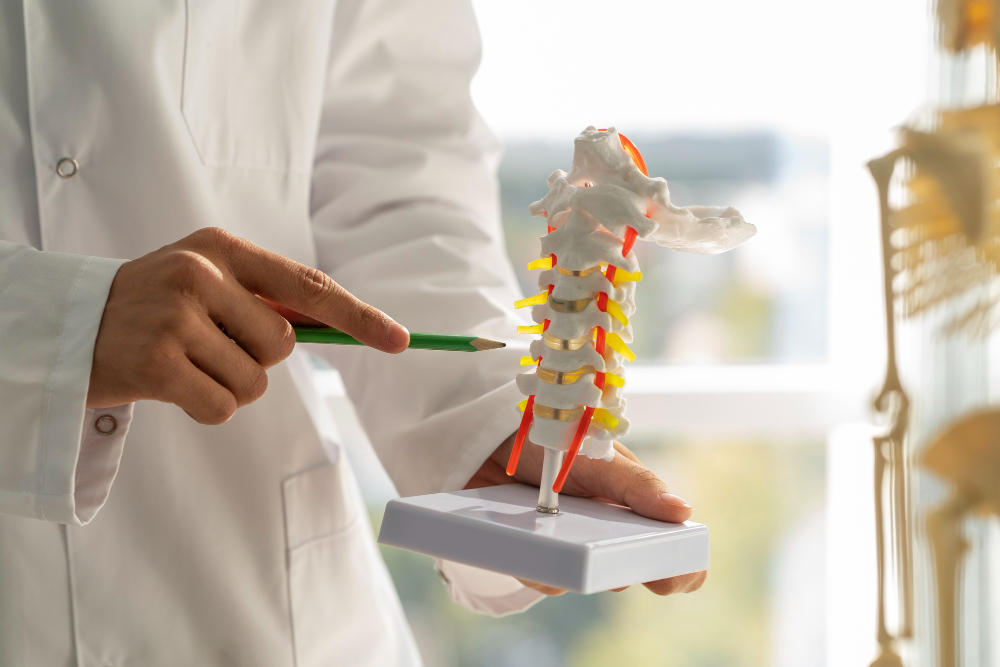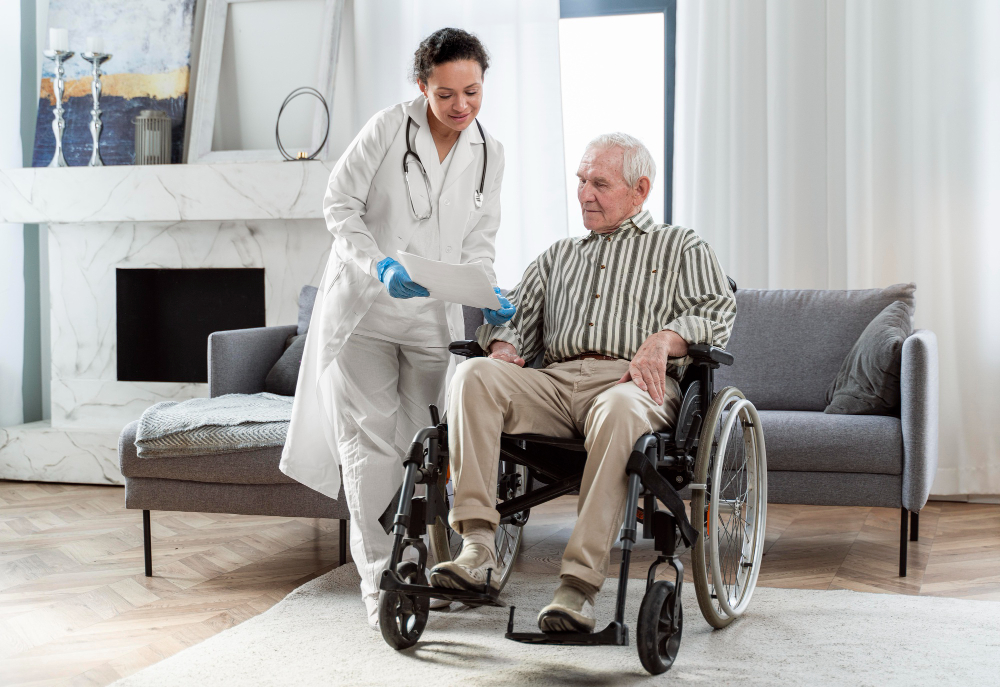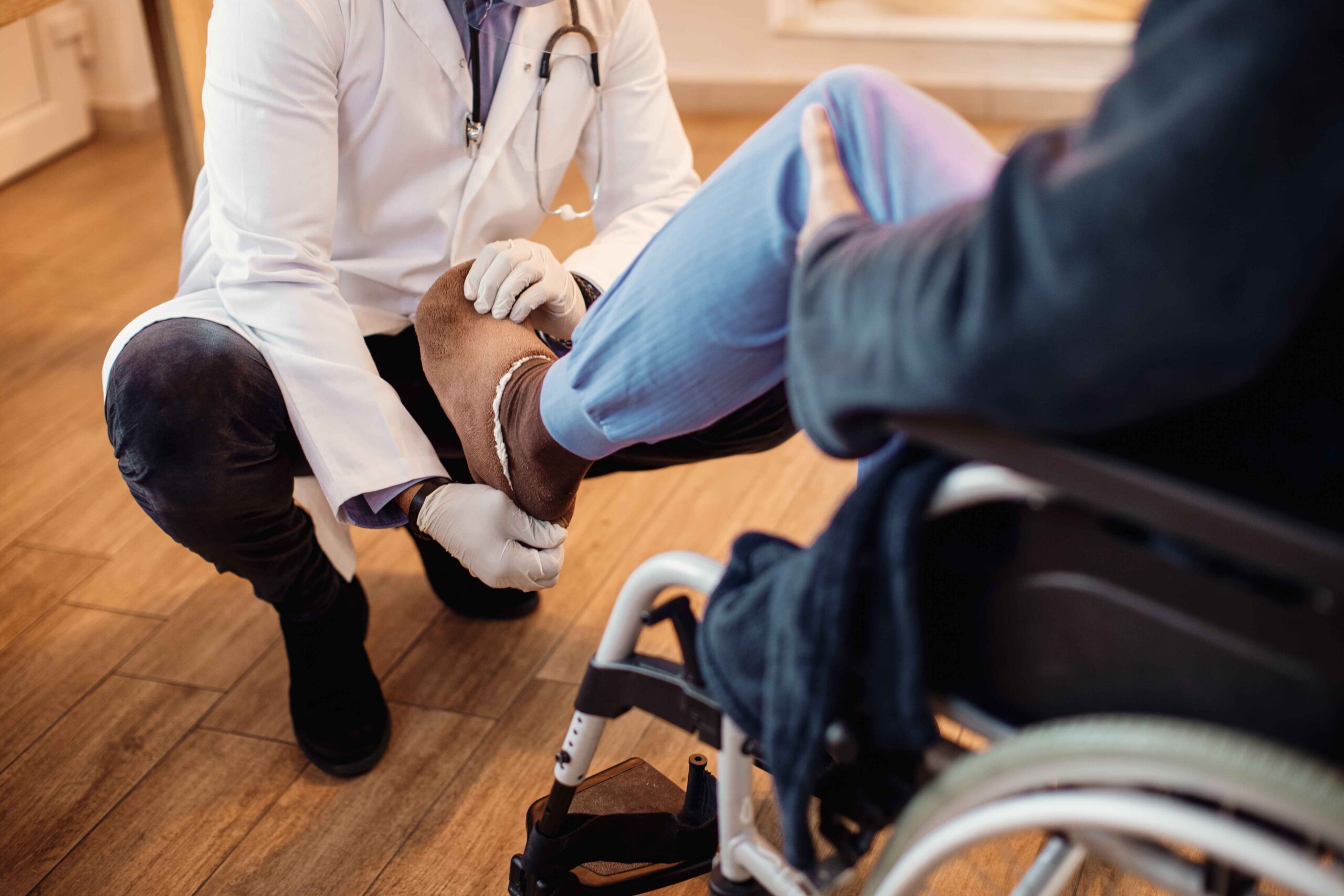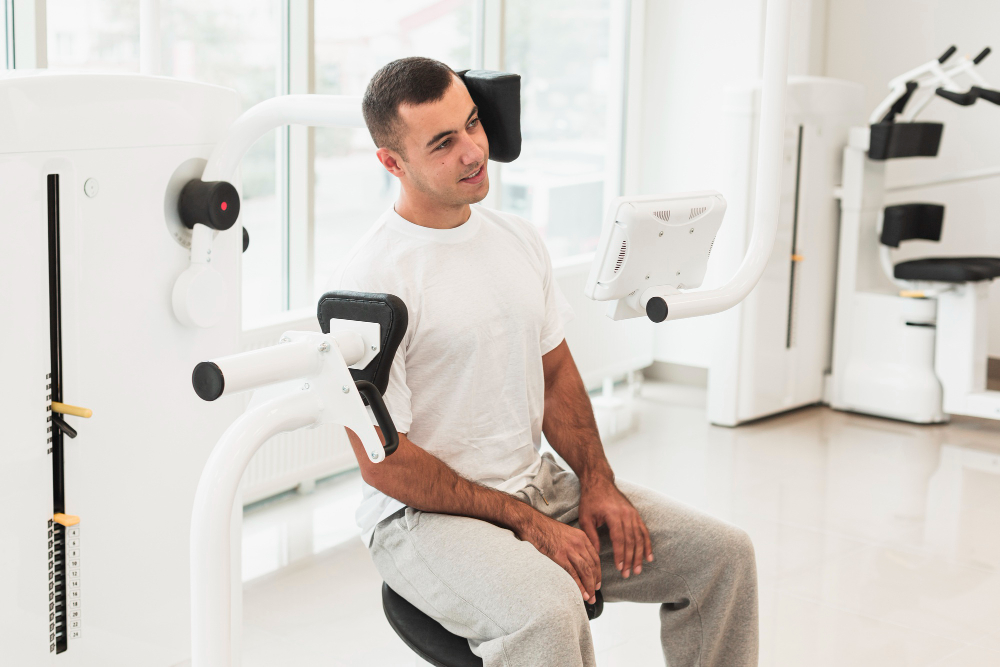
Last updated on by MRC
MRC, the foremost Physiotherapy Clinic in Kolkata, is dedicated to improving the lives of individuals dealing with chronic pain. The pursuit of pain relief often leads to medication-based management, but there are alternative approaches that can provide effective results without the side effects of medications. In this blog, we will explore one such alternative – Spinal Cord Stimulation (SCS) – as a non-medication solution for chronic pain. Let’s dive into the world of chronic pain management and the potential of SCS, keeping in mind the holistic approach to healthcare practiced at MRC.
Chronic pain is characterized by persistent discomfort lasting longer than three months. It can result from various factors, including injuries, medical conditions, or nerve damage. Chronic pain affects not only the physical aspect but also the emotional and psychological well-being of individuals.
Medications are commonly prescribed for pain relief, but they come with limitations such as potential side effects, risk of dependency, and reduced effectiveness over time. This approach often masks symptoms rather than addressing the root causes.
Addressing the underlying causes of chronic pain is crucial for long-term relief. Understanding the origins of pain allows for targeted treatments that provide sustainable improvements in quality of life.
Spinal Cord Stimulation (SCS) is a non-medication-based technique used to manage chronic pain. It involves the implantation of a small device that sends electrical signals to the spinal cord, modulating pain signals to the brain.
SCS works on the principle of gate control theory, which suggests that non-painful input can close the “gate” to painful input, altering the perception of pain. By stimulating the spinal cord, SCS can effectively alleviate chronic pain.
SCS is considered for individuals with various types of chronic pain, including neuropathic pain, failed back surgery syndrome, complex regional pain syndrome, and other conditions where traditional treatments have been ineffective.
Studies have shown that SCS is successful in managing chronic pain, often leading to significant pain reduction and improved functionality. Many individuals report a better quality of life after SCS treatment.
One of the key advantages of SCS is its potential to reduce or eliminate the need for pain medications, minimizing the risk of side effects and dependency.
SCS not only relieves pain but also enhances overall quality of life. Patients experience increased mobility, better sleep, and improved emotional well-being, allowing them to return to daily activities they once enjoyed.
MRC, renowned for its commitment to holistic healthcare, acknowledges the significance of chronic pain management. Spinal Cord Stimulation offers a non-medication alternative for individuals dealing with chronic pain, aligning with MRC’s approach to patient well-being. By understanding the root causes of pain, exploring innovative solutions like SCS, and prioritizing holistic care, we can strive to improve the lives of those living with chronic pain. Visit MRC, the Best Physiotherapy Clinic in Kolkata, to discover comprehensive pain management options tailored to individual needs, ensuring a better, pain-free life.









